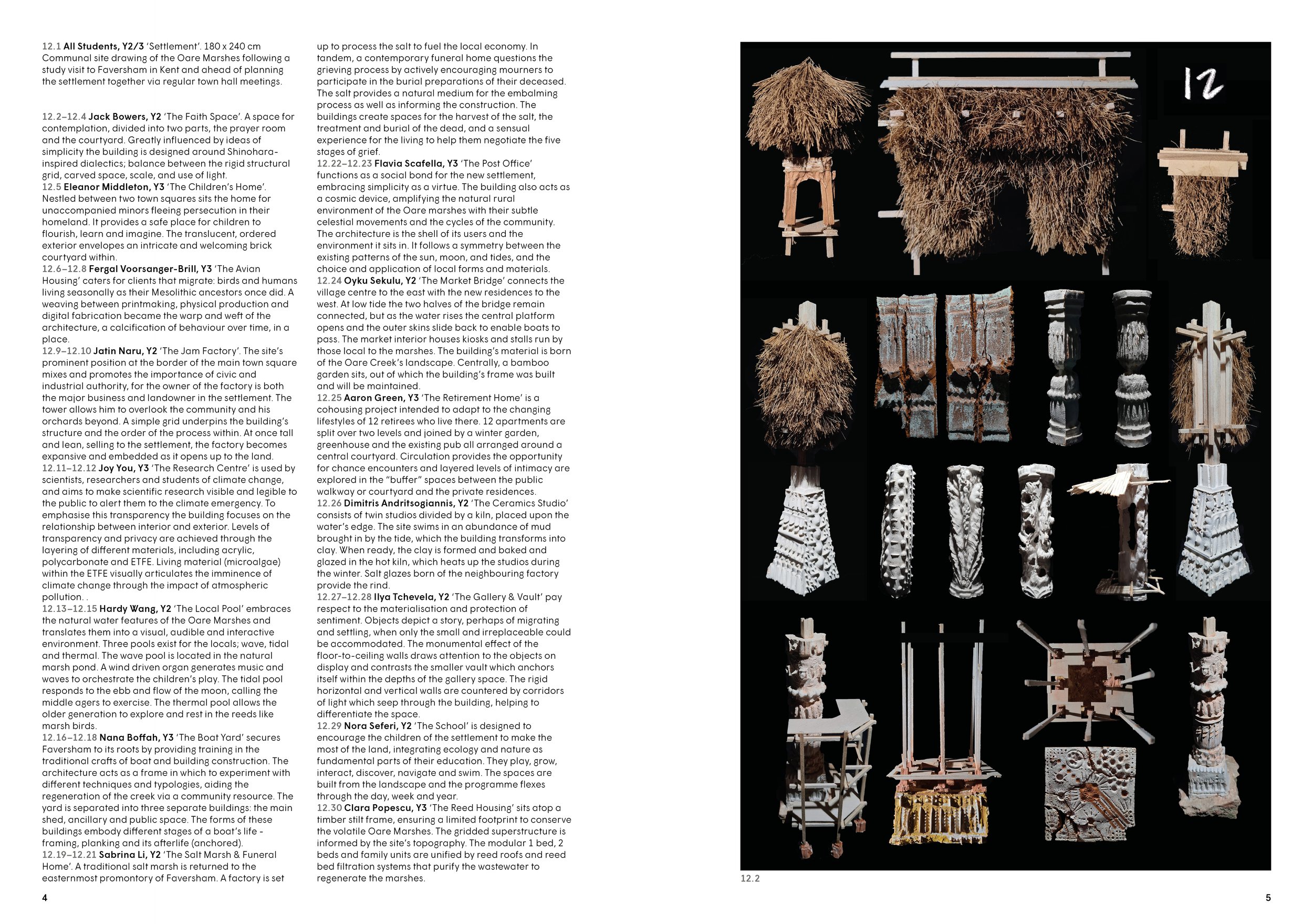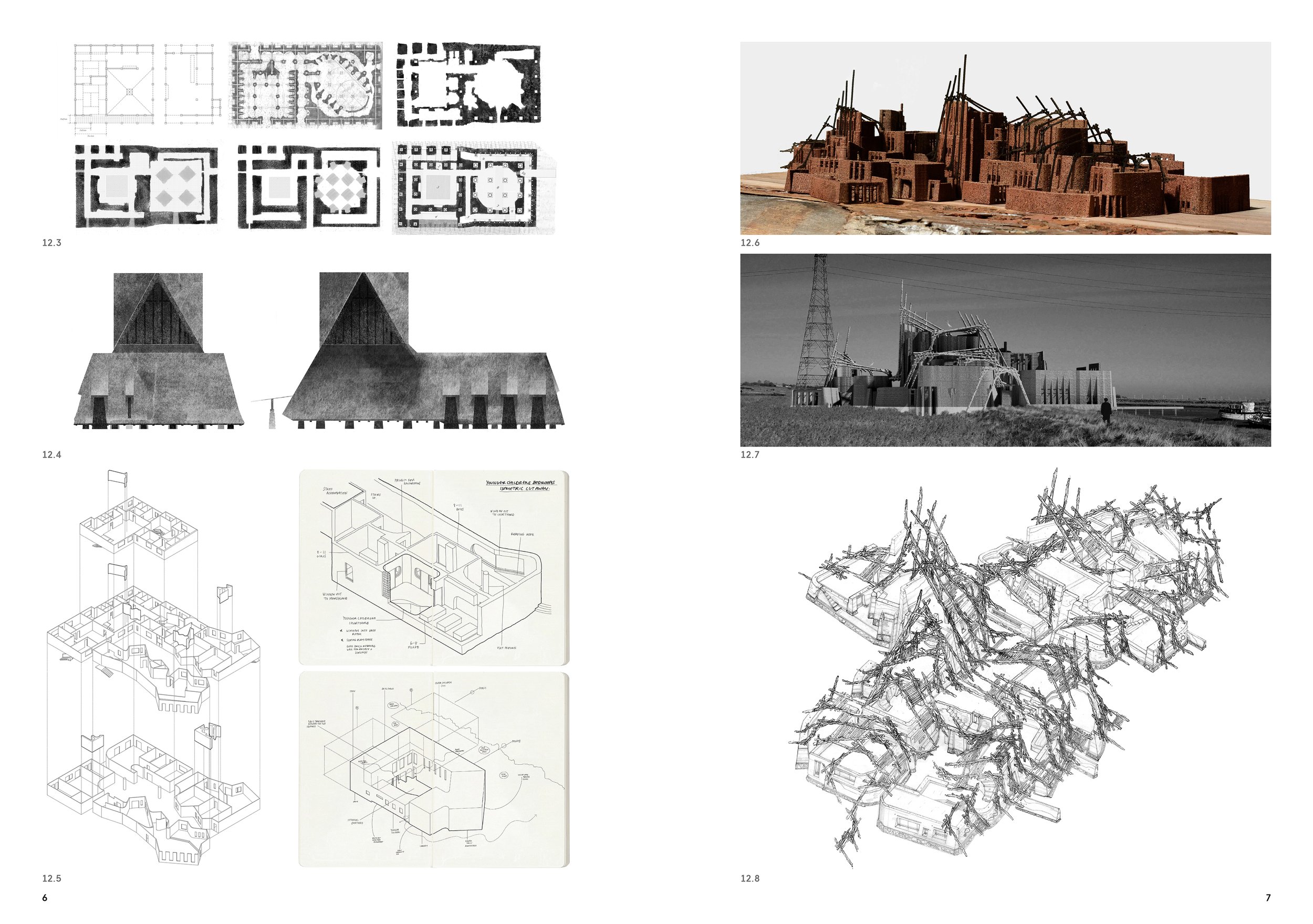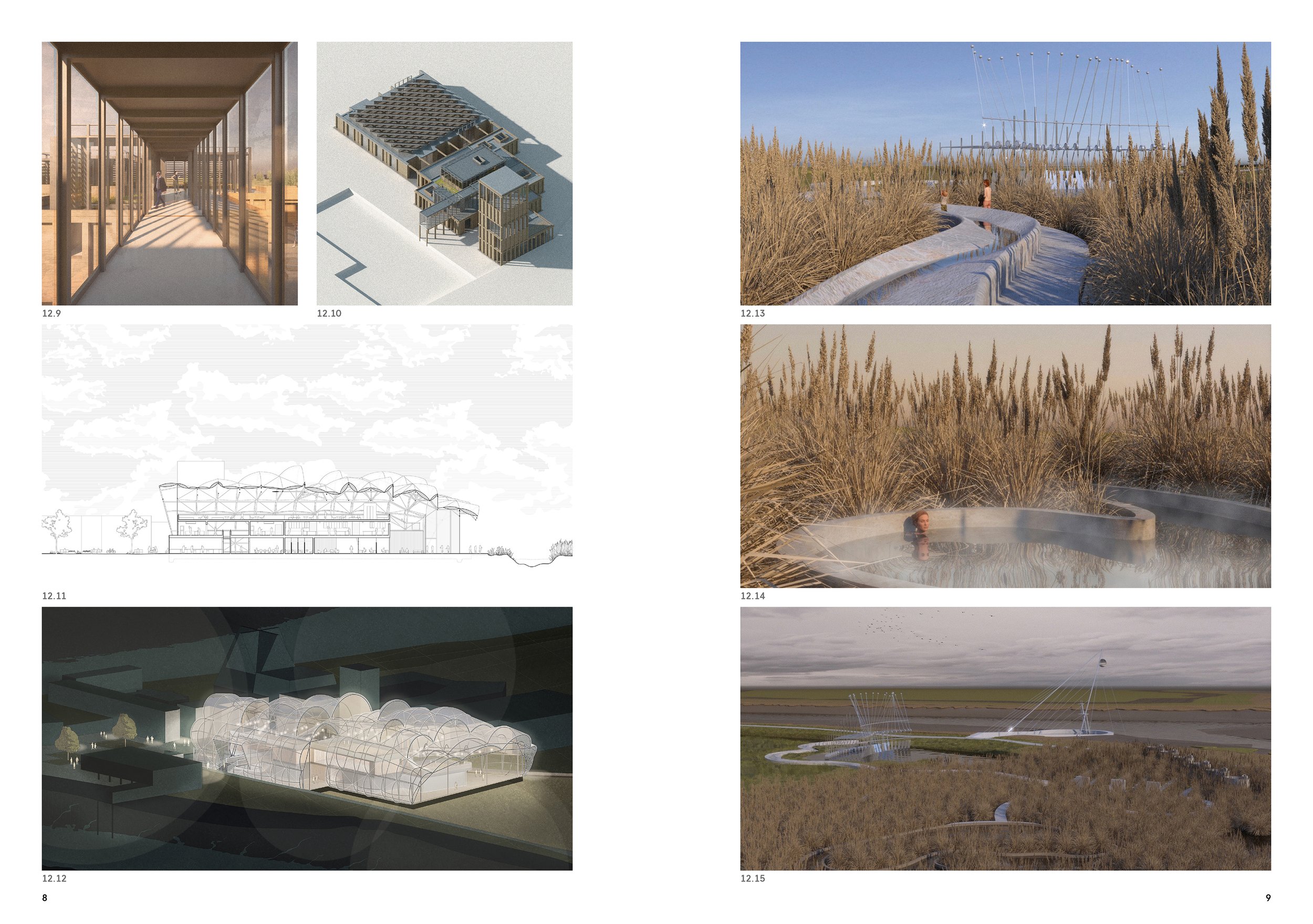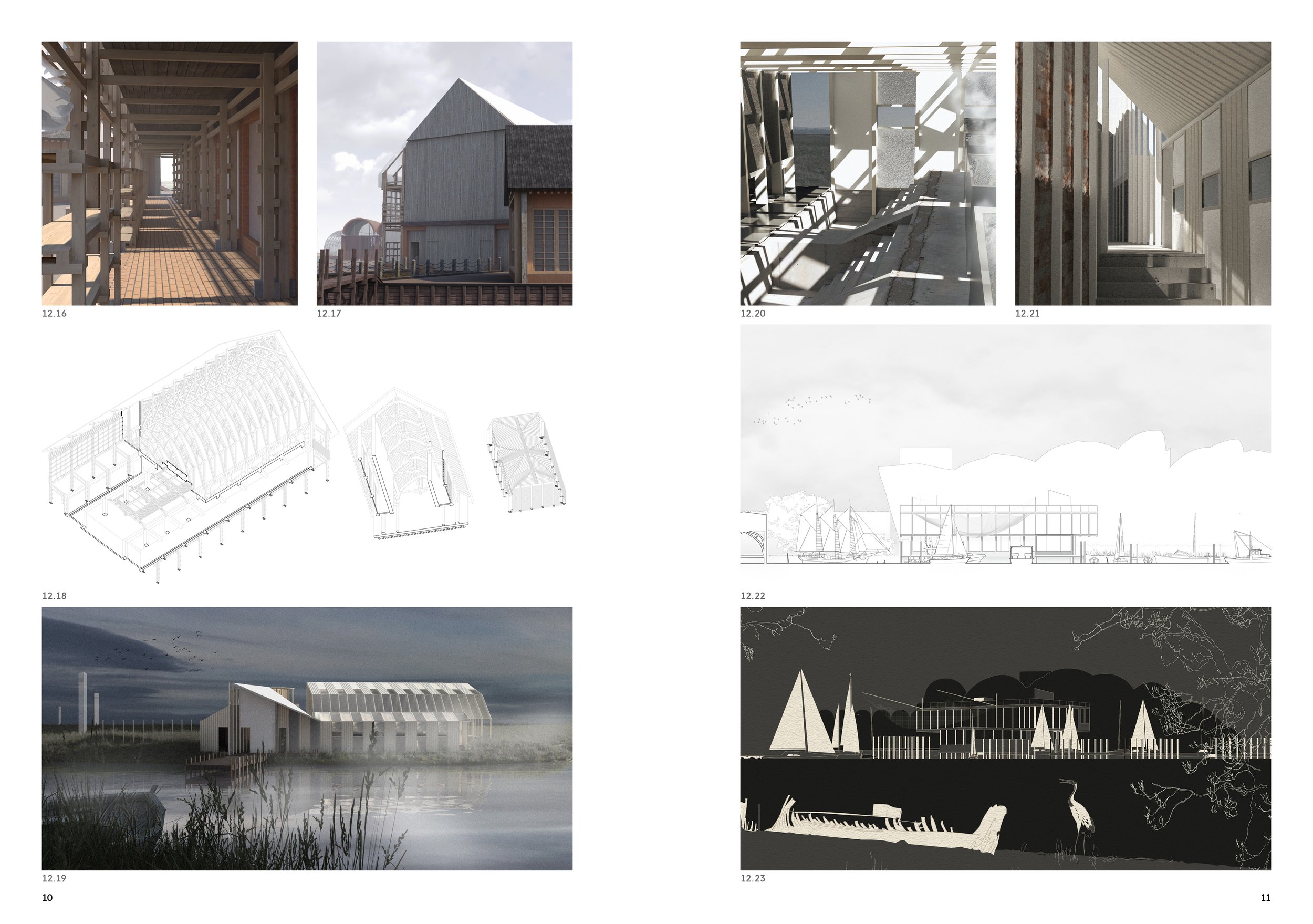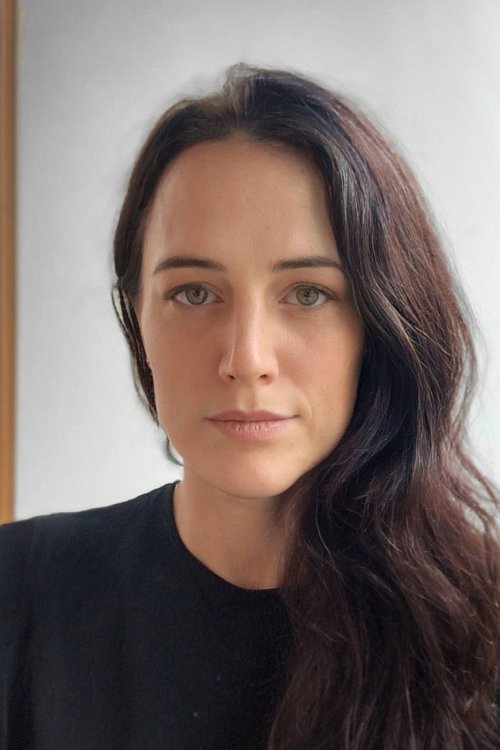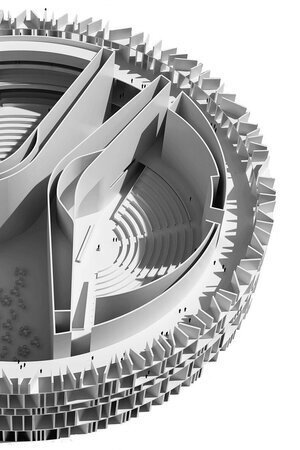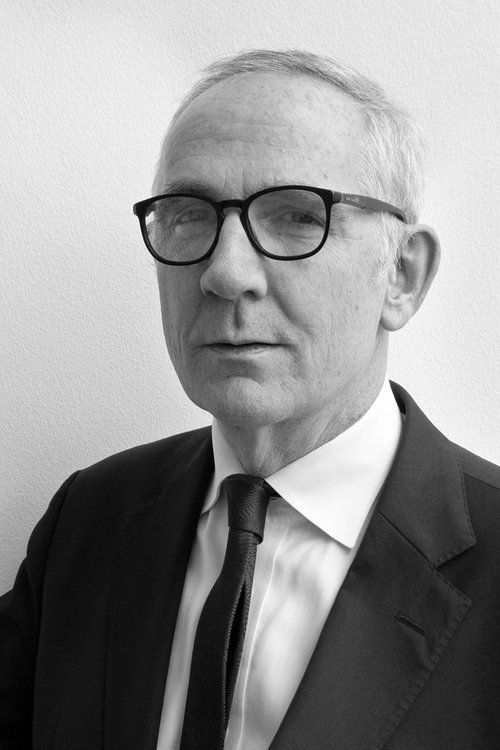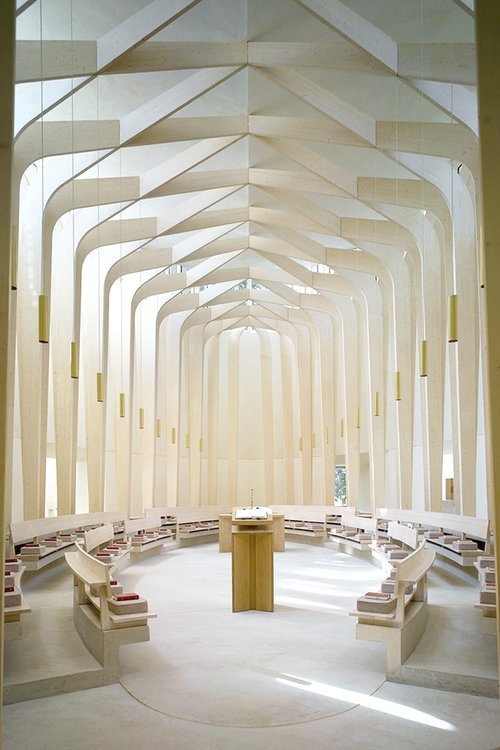ARCHITECTURE RESEARCH UG12
Location: University College London
Coordinators: Hannah Corlett, Niall McLaughlin
[ ARCHITECTURE / EDUCATION / RESEARCH ]
UG12 is lead by Hannah Corlett [HNNA] and Niall McLaughlin [Niall McLaughlin Architects] and is an undergraduate design unit for the BSc Architecture program at The Bartlett School of Architecture, University College London.
UG12 The Bartlett Summer Show Book 2022 © University College London
SETTLEMENT
A settlement suggests a collection of buildings housing a community in a particular place. It might take its characteristics from the landscape, the environment, the work that people do, or the materials available for building. We imagine it as a situation with its own origins, which grows and develops over time, creating a particular energy and attraction. It is probably linked to a hinterland of other places and settlements within a network of connection, rivalry, and influence.
Another meaning for the word settlement is an agreement. It might be simple or complex, but the inference is that something, once disputed or debated, has been settled in a way that is acceptable to all parties. Both meanings of the word require each other. To live together we must share certain values and we need to know how to cooperate, even in the face of the disagreements that arise in communities. Places that are good to live in are founded upon an agreed social settlement that protects all the inhabitants equally.
On a personal level, to settle is to find a comfortable position. You look for your favourite place in a room, with the right aspect and sense of protection. You watch your cat prowling around until she has found the perfect place to curl up. This kind of settling belongs to our oldest animal intuitions and we suggest that it is at the heart of architectural experience. It is a sense of feeling at home. We become very attached to places that nourish our physical and emotional needs at the same time. Good architects can create these places.
Finally, buildings themselves settle. They sink gradually into their sites. They wear and weather. Sometimes they crack and leak and they need our attention. People develop habits around them: they acquire histories. Soon they become almost invisible, but they still have a profound impact on our sense of who we are and how we place ourselves in time.
UG12 The Bartlett Summer Show Book 2023 © University College London
Each year our students will design a settlement together. Each student will design one building individually, while the whole group will work in collaboration to agree on the wider arrangements of routes and spaces that make a successful place. We will balance individual initiative and communal cooperation.
Students agree on a set of values that define the character of your community and your collection of buildings. How can all your buildings interact with the climate, topography, and the ecology of the site to weather well using the minimum of artificial energy? What will be your shared material culture? Can you agree on materials and techniques that have the lowest embodied carbon? What rules will you have for community and privacy?
What is your collective responsibility to the natural world? Can you operate together to build things that an individual or family could never achieve? How is this regulated? How do the possibilities of computation, artificial intelligence and new materials enter dialogue with the existing and the historic? These, and many other questions, will need to be debated as you develop your designs.
The year will be one of continued negotiation, in addition to agreeing an initial set of understandings and establishing a relationship with the landscape it will also be necessary to respond to each other as individual buildings morph, both through design progression, inhabitation and wear. This year with us will be a journey with a process.
UG12 The Bartlett Summer Show Book 2024 © University College London
Key skills that are developed with us:
- An understanding of material culture based on real experience of how things are made and how they work together over time.
- An understanding of architectural culture through an exploration of other buildings. We want you to learn how to extract objective lessons from other works of architecture without needing to imitate them directly. Success and failure are both teachers.
- Drawing as the special skill of the architect, allowing us to think and dream.
- An intuitive grasp of building physics, particularly how certain buildings can naturally regulate their own environment without reliance on external energy sources.
- An active engagement with the politics and ethics of sustainability, based on realistic research into the needs and capacities of human cultures.
- The art of getting what you want through negotiation and exploiting constraints. Architecture is not a solo enterprise; it requires diplomacy, resilience, persistence, and powers of persuasion.
Settlement Film © University College London/HNNA/Niall McLaughlin Architects
Hannah Corlett
Having studied at the Bartlett and worked for Niall, Hannah set up her own practice [HNNA] in 2004. Her studio is made up of urban designers and architects who combine practice and research to reconsider how we design cities.
Her focus is questioning preconceived attitudes amid contemporary challenges. She often undertakes projects that are very significant in size including winning the international competition for the Iraq Parliament and being the masterplanner, design coordinator and one of the 8 architects for the recently launched Design District in Greenwich, London. Her approach is to resolve a large-scale brief not with big architecture but instead create a permeable, accessible urban solution.
Through all of Hannah’s work lies a preoccupation with the nature of materials, the technology of fabrication and the poetics of space. All solutions focus on maximisation of potential and attention to detail, with common themes of efficiency and sustainability. Hannah has also taught on both Architecture and Urban Design Masters programmes at the Bartlett since 2012.
Hannah Corlett - Iraq Parliament © HNNA Ltd
Niall McLaughlin - The Bishop Edward King Chapel © Niall McLaughlin Architects
Niall McLaughlin
Niall is Bartlett’s Professor of Architectural Practice and has been teaching since he established his own practice in 1990. His work puts a strong emphasis on the inventive use of building materials, the qualities of light and the relationship between the building and its surroundings.
For Niall, practice is understood as a range of activities which are all necessary to each other – design of buildings, fittings and furniture; making buildings, installations and models; connecting speculation and practice, lecturing and writing about architecture; collaborations with craftsmen, artists and consultants. Niall uses a great range of materials in his building projects, enjoying it most when he can inventively combine traditional and new construction techniques. He relishes unexpected juxtapositions.
All his designs are discussed with the makers, not just in terms of performance, but also as aesthetic propositions. His work is less interested in the expression of technology by bolts, junctions and gaskets, more in the overall presence of a space. In particular the way in which materials alter space by modulating light, combing it, diffusing it, storing it, reflecting it, dulling it or changing its speed.
Níall McLaughlin discussing 4 of his projects: The sacred and the everyday in the Carmelite Prayer Room, Dublin; Peabody Housing for Darbishire Place in Whitechapel; Alternative Histories for the Houses of Parliaments and Skeuomorphs in the Auckland Castle, County Durham.
All material is © Niall McLaughlin Architects


